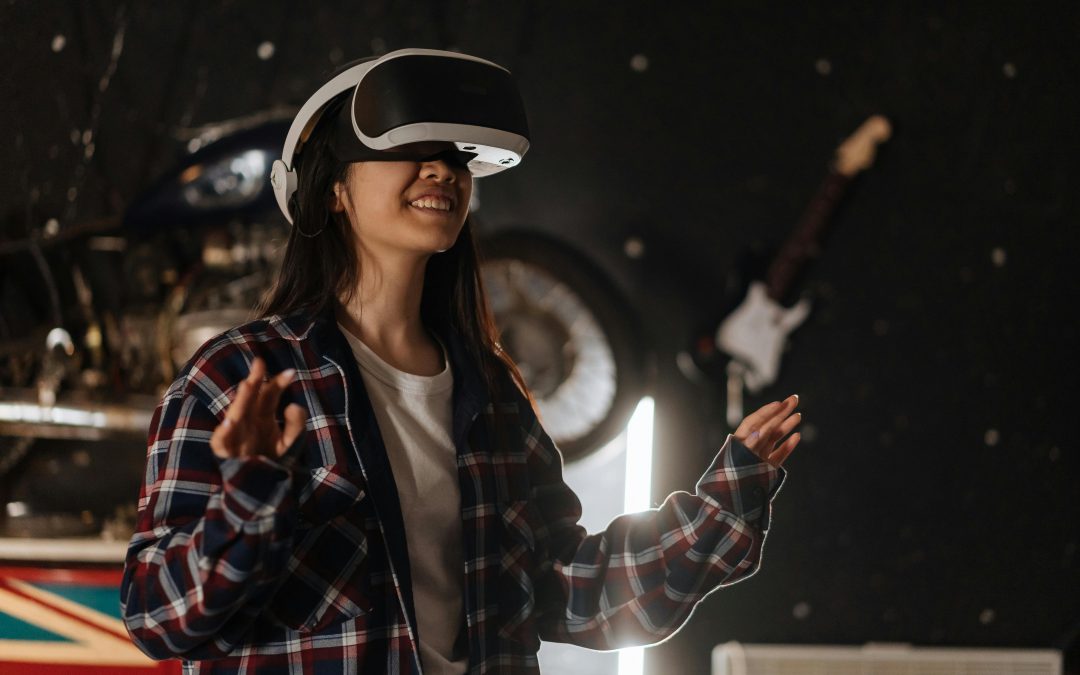Dr. Preeti Yadav, Associate Dean – CFG Vertical, Pearl Academy
The game development and design industry is at the cusp of transformation with the accelerating integration of advanced technologies. WIth a growing global marketplace worth $138bn per annum, companies are actively looking for artists who can provide quality design experiences that are relevant to the changing needs of consumers.
India’s AVGC (Animation, Visual Effects, Gaming, and Comics) sector has seen substantial growth recently and is expected to grow by 14-16% in the next decade. Currently, the industry supports 1.85 million direct and 30,000 indirect jobs, and it is anticipated to generate an additional 2 million jobs by 2030. India is positioned to expand significantly within the global AVGC market, which is estimated to be worth around $260 to $275 billion.With the government’s focus on the AVGC sector and appointment of the national AVGC Task Force in 2022, the industry is set to offer substantial international career opportunities for professionals with varied skills and expertise.
In the last few years, the Indian Animation, Visual Effects, Gaming and Comics (AVGC) industry has witnessed significant growth. As a result, it has become increasingly important to establish a conducive ecosystem to foster the industry’s growth. This ecosystem should focus on promoting the development of domestic gaming, encouraging collaborations with academic institutions, supporting co-productions, fostering technological innovation, and facilitating research.
To say the least, the gaming industry is constantly evolving, and 2024 promises to be an exciting year for gamers. The proliferation of mobile gaming, generative AI, and haptic feedback devices are just a few of the trends that will be shaping the future of gaming.
New Trends in Gaming Industry
One of the most significant changes has been the proliferation of mobile gaming, which has become a driving force in the overall gaming ecosystem. This segment has become integral to the gaming ecosystem, driven by continuous advancements in mobile technology and broader smartphone usage. Mobile games now offer complex stories, impressive graphics, and engaging multiplayer options, moving beyond traditional gaming consoles and PCs. Additionally, generative AI is emerging as a crucial technology in gaming, offering dynamic, adaptive, and personalised player experiences.
In 2023, there was an uptick in interest in AI, particularly conversational AI, for in-game player engagement. In 2024 and beyond, we are seeing an integration of generative AI in game development, enabling games to evolve based on player choices and preferences. With generative AI, developers can craft games that adapt to each player’s style, making every gaming experience unique. The process of procedural generation is revolutionising the gaming industry by empowering developers to create vast, dynamic virtual environments that evolve in response to player actions.
Haptic feedback devices are another technology set to revolutionise the gaming experience. The sense of touch is a critical aspect of immersion, and haptic feedback devices simulate a wide range of sensations, from the impact of a collision to the texture of virtual objects.
The widespread adoption of advanced haptic feedback technologies, such as controllers and wearable accessories are adding a new layer of realism to gaming. These devices provide a tactile connection to the virtual world, enhancing the overall gaming experience. Also, there has been a shift towards accessibility services in the gaming industry. Haptic feedback devices and other technologies are making gaming more accessible for players with disabilities.
Career SpecialiSations in Game Design
Students who are interested in taking advantage of the growing market for creative industries can explore various specialisations within game design. These include Level Designer, where you can create compelling gameplay environments; Character Artist, focusing on character concept and model creation; and Game Programmer, developing the codebase for game functionality. Each role requires specific skills but shares a common creative drive, enhancing both individual projects and the industry’s overall dynamism.
Students can also look to pursue a degree in game design that can kickstart an interesting career. The creative sector shares a common set of skills, meaning aspirants can move to where the work is. The training involved in animation and design can be equally useful in games, television, film and more. It also enables graduates to comprehend the main components of production, from initial design to ongoing development, product testing, and delivery. This sets them up for leadership roles or the possibility of branching out as an independent creative.
Pearl Academy provides 11 month certificate programs in Game Design, Virtual Production and Video Game Production focusing on Unreal Engine. These Professional certificate programs include modules tailored to provide expertise in creating and producing multiplayer games such as Fortnite, PUBG, and Metaverse environments using Unreal Engine. Throughout the programs, students will gain knowledge in utilising Unreal Engine for game development in metaverse environments, along with other software tools like Photoshop and Blender for designing concepts and assets. To enrol, students can visit.












